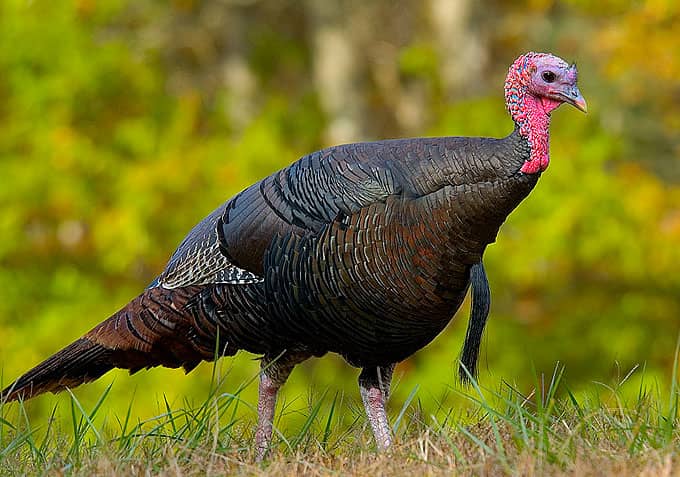Alabama Launches Comprehensive Study as Turkey Population Declines
OutdoorHub Reporters 02.24.15

Earlier this month the Alabama Wildlife and Freshwater Fisheries Division (WFF) announced that it will be launching the most comprehensive long-term wild turkey study in the state’s history, alongside Auburn University. The five-year project is aimed at analyzing the reproduction, survival, and harvest rates of the species in Alabama, which is seeing a significant decline of wild turkeys over the past five years.
The Eastern wild turkey is by far the state’s most popular game bird, yet biologists have noted a 20 percent population decline from 2010. Just five years ago, the state was home to 550,000 turkeys, that number has since fallen to 450,000.
“There are parts of the state that have seen turkey numbers increase, and other parts have seen turkey numbers decrease,” Ray Metzler, WFF Wildlife Section Acting Chief, told the Montgomery Advertiser.
There are a number of theories as to why the turkey population has dipped, ranging from an increased number of predators to habitat loss to colder winters. Biologists are hoping that the new research program will help find which factors cause the highest mortality rates, which in turn will change how the state handles turkey management. Researchers expect that about 150 turkeys will be captured and tagged each year as a part of the study, alongside traditional surveying methods. Hunters are asked to return transmitters from any tagged bird that they harvest.
“It is very important for us to retrieve each of the transmitters,” Metzler said in a press release. “The data collected will help shape turkey management decisions for future generations of turkey hunters.”
Despite the decline, Alabama still boasts the largest population of Eastern turkeys of any state in the Southeast, which is a nearly unprecedented recovery from the mere 10,000 birds the state had a century ago. This is credited to an overwhelming movement on the part of conservation groups such as the National Wild Turkey Federation to restore the species to Alabama, which became a vital keystone state for the bird’s recovery.

